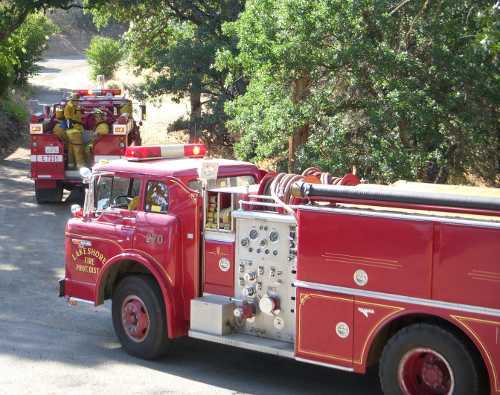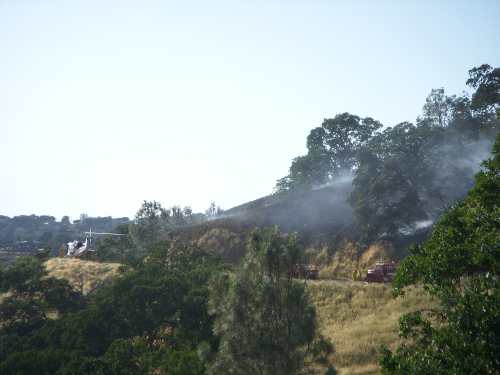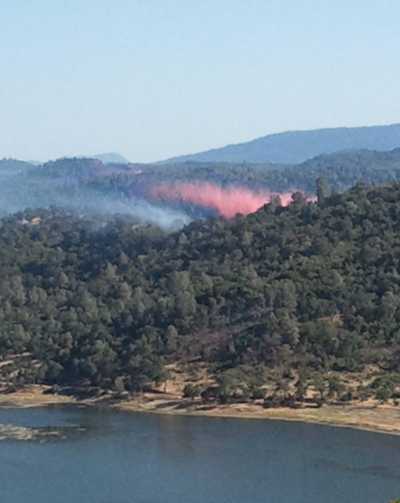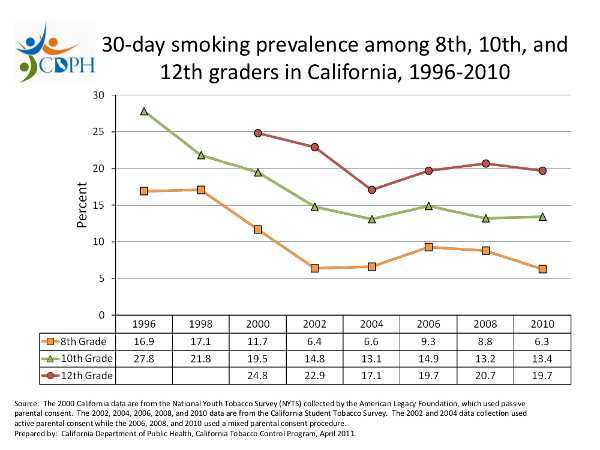- Lake County News reports
- Posted On
REGIONAL: Two suspects arrested in Redwood Valley shooting; two more sought
Marvin D. Johnson Jr., 33, and 22-year-old Simon Thornton, both reported to be transients with connections to the Ukiah area, were arrested Thursday for the murder of Joseph E. Litteral, 40, according to Capt. Kurt Smallcomb of the Mendocino County Sheriff's Office.
Still being sought are William Hale Crocker, 30, and Arone Schnebly, 35, Smallcomb said.
Litteral was shot at the Bu Shay Campground at Lake Mendocino in Redwood Valley on Wednesday evening, as Lake County News has reported. Another Willits man also was shot and transported to an area hospital, where he was listed in stable condition on Thursday.
Johnson had been the subject of an early morning be on the lookout to Lake County law enforcement on Thursday, with officials warning he was armed and dangerous, and that he had relatives in the county.
Smallcomb said Ukiah Police officers found Johnson in Ukiah at 11:30 a.m. Thursday.
Sheriff's detectives subsequently contacted Johnson and interviewed him. Smallcomb said Johnson was arrested on charges of murder and attempted murder. He was being held on Friday in the Mendocino County Jail on no bail status.
Also on Thursday, Mendocino County Sheriff's detectives recovered a 12-gauge shotgun and a 45-caliber pistol which investigators believe were used in the incident, Smallcomb said.
Mendocino County Sheriff's detectives, with the assistance of Willits Police officers, located Thornton in the area of Highways 20 and 101 in downtown Willits at about 6:30 p.m. Thursday, said Smallcomb.
Smallcomb said Thornton was subsequently arrested and booked into the Mendocino County Jail on murder and attempted murder charges. He also is being held on a no bail status.
The Mendocino County Sheriff's Office is still seeking Crocker and Schnebly, who Smallcomb said also are believed to have been involved in the shootings.
Smallcomb said Crocker frequents both Mendocino and Lake County, and is described as a white male adult, with brown hair and eyes. He stands approximately 5 feet, 10 inches tall and weighs more than 200 pounds. He should be considered violent.
Schnebly frequents Ukiah and Willits, and is described as a white male adult, with brown hair and hazel eyes. He stands approximately 6 feet, 6 inches tall, and weighs more than 200 pounds, Smallcomb said.
Anyone with information regarding the whereabouts of either suspect is encouraged to contact the Mendocino County Sheriffs Office at 707-463-4086.
Follow Lake County News on Twitter at http://twitter.com/LakeCoNews, on Tumblr at www.lakeconews.tumblr.com, on Facebook at http://www.facebook.com/pages/Lake-County-News/143156775604?ref=mf and on YouTube at http://www.youtube.com/user/LakeCoNews.













